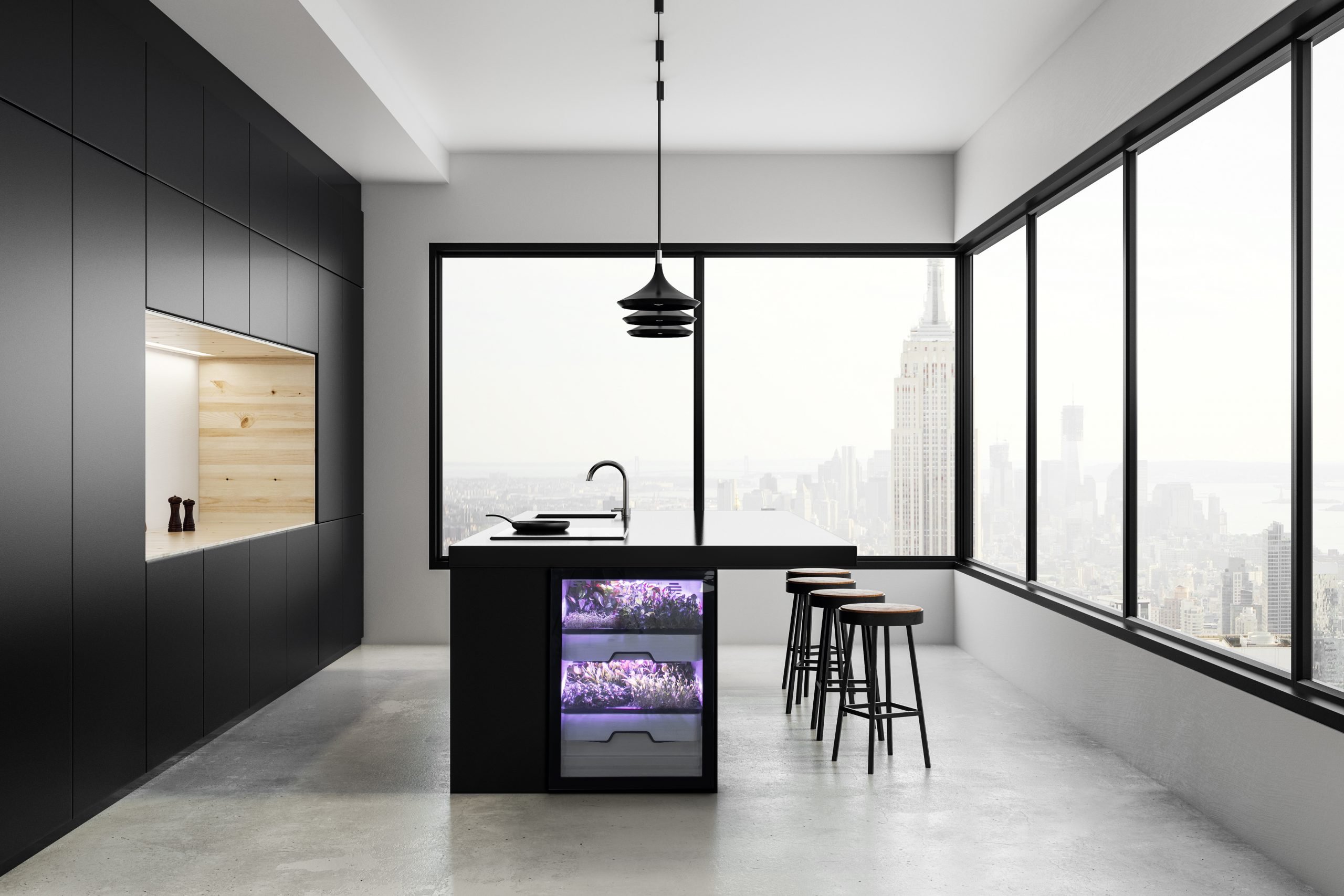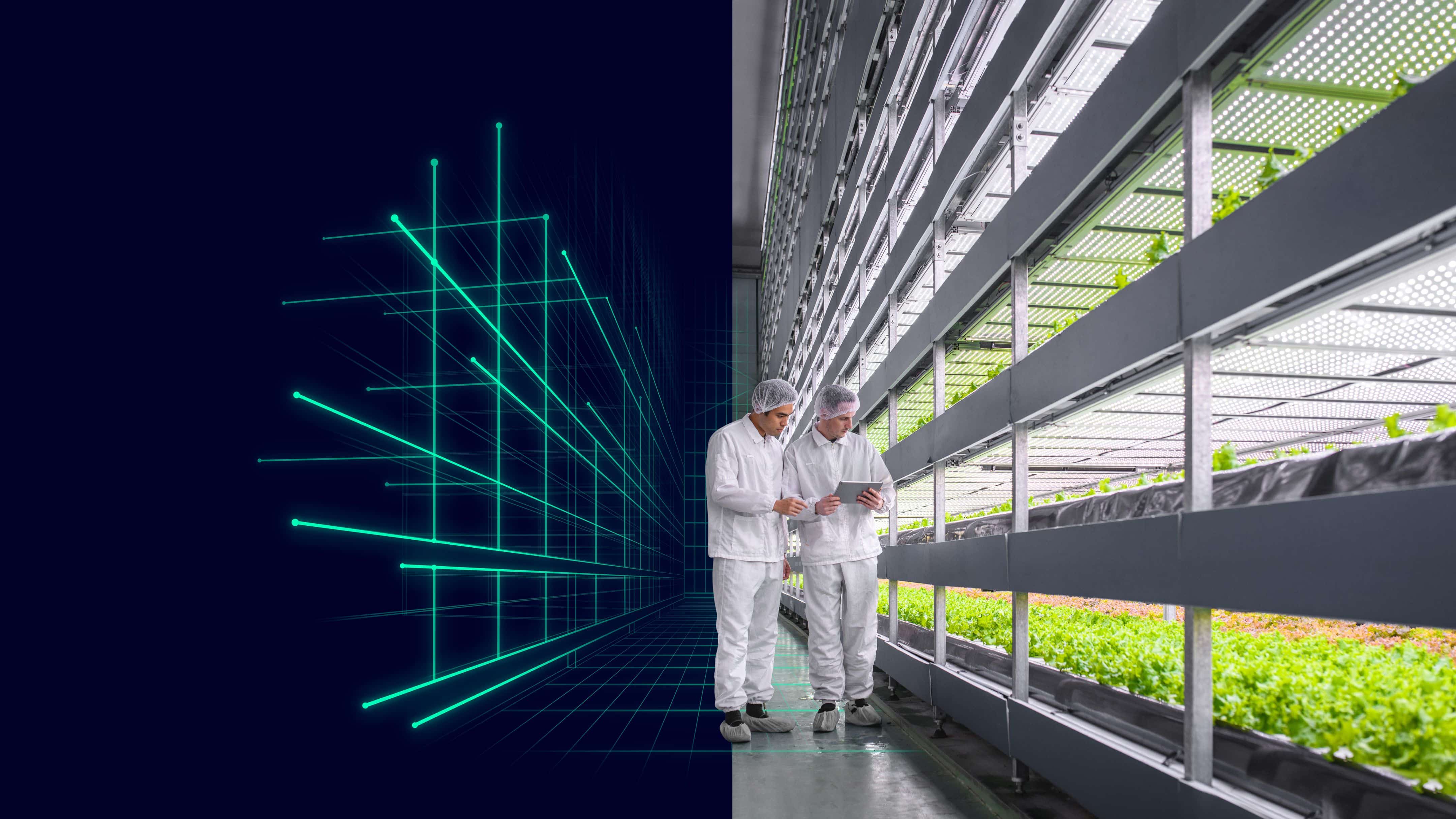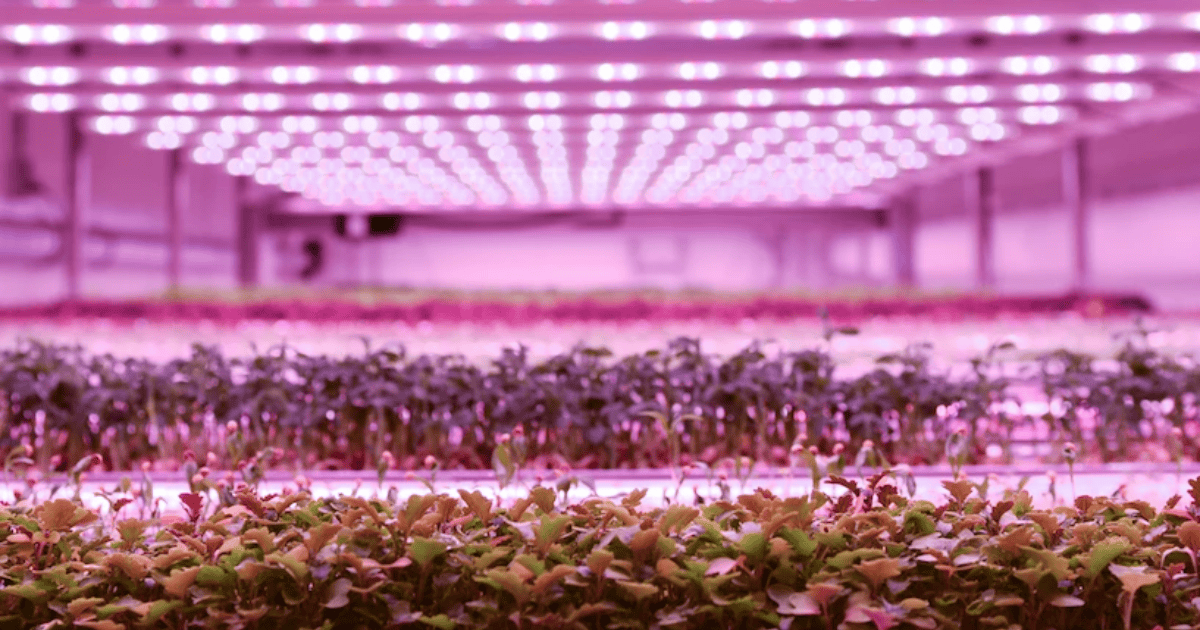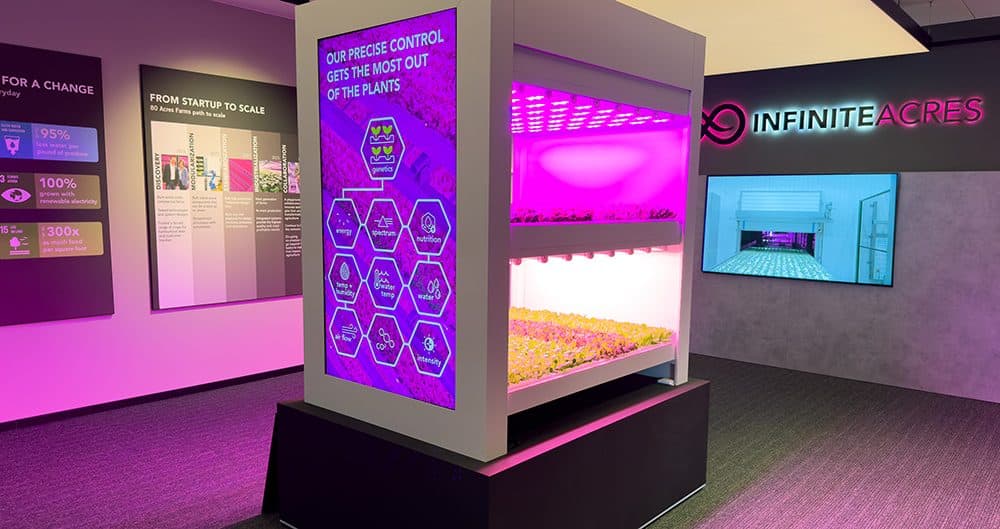
Growing up in China, from an early age Max Loessl knew that he wanted to do something so as to be able to give back to society and to the environment. After finishing school he briefly worked for Greenpeace in New Zeland. That’s where he stumbled across the book ‘The Vertical Farm’ and subsequently, his life took a 180-degree turn.
After a series of email exchanges with Dickson Despommier, author of the book, Loessl moved to The Netherlands where he studied International Food And Agribusiness at the HAS University of Applied Sciences in Den Bosch. As he delved deeper into his studies, he saw more and more potential for vertical farming, and that it could offer even more advantages if the technology could bring produce as close to the point of consumption as possible.
This is why he decided to co-found Agrilution in 2013, a German-based start-up that brings easy-to-use vertical farming to your kitchen. Just plug the Plantcube in, connect it to the internet – and you too can grow your own sustainable food.
Innovation Origins chatted with co-founder Loessl about Agrilution’s technology and its future.

What sets Agrilution apart?
What we did was take a concept that’s already being applied on an industrial scale. Whereby you have a plant that you put it inside a controlled environment and you control every aspect around it: the water, the light, and the climate. So that in the end you have a repeatable process and a repeatable output that you can control through software. Consequently, what really sets us apart is that on the one hand, we make this technology available to people in their homes using a standardized kitchen appliance format for its installation. And on the other hand, we use the same technologies that are normally used on an industrial scale. No one else does that.
How does it work?
In order to grow the plant of your choice we use seedmats, we send them to your home and you can store these for up to a year if you want. When you chose to use a seedmat you just tear the package open and put it into the machine; you can put up to four of these on one shelf. Then the machine automatically takes care of the watering and sets the right climate. Plants will grow in a matter of 10 to 30 days depending on what you are planning to harvest. The first time you start up the Plantcube, you do need to wait about three weeks before you can start harvesting but after that, you can use it on a daily basis.

Can the seedmat be reused?
No, it’s a single-use item. But you can plant it and use it as much as you need to one day and a bit more another day; and so on. So, you don’t need to harvest it all at once, the machine will look after the crop while you decide when to use it. With this in mind, we also reduce food waste because you are not forced to use the whole crop at once, just what you want to eat when you want to eat it. The rest you leave to keep on growing. Plantcube will keep it alive and fresh.
And how much energy does it use?
It’s comparable to a computer but it depends a lot on the environment that you’re using it in. So, if the climate is very warm and it needs to be cooler, then it uses more energy. But if it’s placed where there is a normal room temperature, or even under 20 degrees Celsius, it’s very efficient.
What kind of greens can you grow?
We currently offer 24 different plants; mainly herbs but also salad types and leafy greens. At the moment we are focusing on producing seedmats that have specific usages. For example, if you want to make a green smoothie, have a barbecue, set tea, or infuse water, then you have everything you need in one seedmat. Therefore, we have a lot of different types of seedmats that focus on specific usages, and then we also have other ingredients, like herbs, kale, or lettuce.
Can you tell me a bit about the advantages of using Agrilution?
By putting the plant in this controlled environment, you have all the variables under control. For example, we use 98% less water than outdoor agriculture. More specifically, 1 kilogram of lettuce needs 240 liters of water. Whereas our machine only needs 120 liters throughout the entire year. It’s 98% more efficient because there’s no water wastage; nothing goes into the soil or evaporates, everything is reused and absorbed by the plant.
We also use 60 to 70% fewer fertilizers over the course of a year. This plays a huge role because nitrogen and phosphorous are two minerals that are almost depleted globally. There are other more obvious advantages in terms of land use or transportation. Quality also improves because you always harvest produce that is still alive. Also, it’s not wrapped in plastic, so that’s another major point. Consequently, there are loads of various advantages, but in terms of climate impact, the biggest one amounts to soil and the reduction of fertilizer.
What has been the biggest challenge?
I would say that trying to get the hardware and the software to align has been our biggest challenge. You know, you need to control all the parameters around the plant: climate, light, and water. If it isn’t controlled in the right way then the internal biology doesn’t work. It’s really a case of getting the hardware and the software to work in symbiosis which makes the plants’ biology grow inside the machine. That took us years.

What’s in store for the future?
We are focussing on internationalizing, as in bringing the product to more markets and more customers. We’re also working on new seed varieties and new types of plants that people can grow. And probably the biggest thing that we’re working on is the next generation of the hardware appliance; we want to make it a lot cheaper and accessible to way more people.







